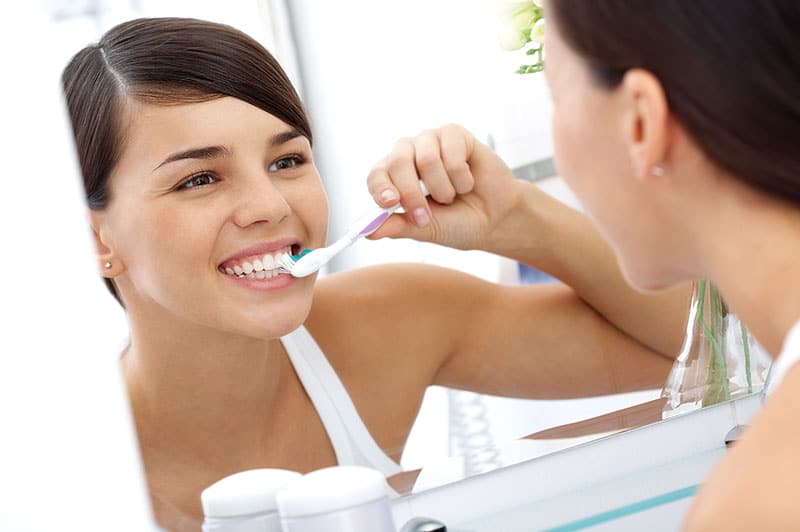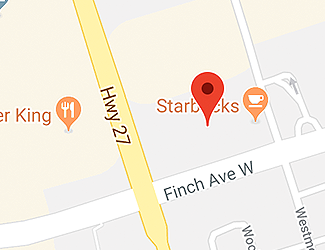Choosing the Right Toothbrush

Are you choosing the right toothbrush? In a world where there are hundreds of choices available for a toothbrush, a guide is needed in selecting the best one. Choose the right toothbrush to make your brushing more effective. The right toothbrush will also encourage you to brush your teeth more.
Here are some points to consider when choosing the right toothbrush for you:
- Choose soft bristles – Contrary to what most people think, soft bristles are better in removing food particles and plaque from your teeth. Toothbrushes with softer bristles are easier on the gums. Sensitive teeth can result from brushing the teeth too hard.
- Consider different types of bristles – Technological advancements in the industry have led to the development of different types of bristles. There are brushes whose bristles have different lengths. This allows for the bristles to reach the different parts of the teeth. There are also some brushes that feature pointed or slimmer bristles to help reach all the grooves and crevices of the teeth as well as go down in between the teeth to remove debris or plaque. There are even some bristles that are made out of materials other than nylon. Some claim that their bristles are infused with other materials such as charcoal, that attract bacteria and plaque like magnets in order to pull them out of the mouth much more easily.
- Toothbrush head – When choosing the right toothbrush, consider the size of the brush head compared to the shape of your mouth. A big or wide toothbrush may not reach the farthest molars and the farthest parts of your mouth and may be harder to manipulate. Diamond-shaped heads are the most recommended.
- Consider using a powered tooth brush – Powered toothbrushes are considered better when it comes to cleaning teeth. They are better in removing plaque buildup than regular toothbrushes. There have also been studies saying that the use of powered brushes stretches the brushing time longer by as much as 35%.
- Replace your toothbrush regularly – Ideally, a toothbrush should be replaced every three months because regular wear can lead to deformed and inefficient bristles. However, if the toothbrush is proving to have already been worn out or deformed, there is no need to wait for three months. replace the brush immediately. It is also recommended to change toothbrushes if you had a cold to prevent the occurrence of infection.
- Look for a seal of approval – Toothbrushes that have the seal of approval from dental associations mean that they have been examined thoroughly in terms of effectiveness and safety. For example, some of the tests that these associations conduct will ensure that the bristles will not fall out, that the materials used are safe to be used in the mouth, etc. Dollar-store brushes that come in 5-in-1 packs should be avoided because they may be made from unsafe materials.
- Consider the handle – The handles of the toothbrushes also determine if you can reach all parts of the mouth as well as how comfortable it is when brushing. Also, choose a toothbrush that have great non-slip grips. This will allow the user to be in complete control of the brush even if the handle may be wet.







